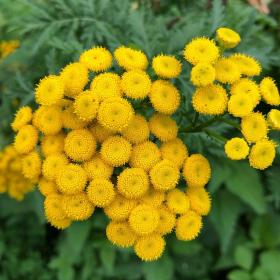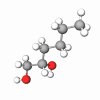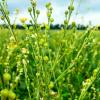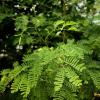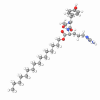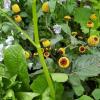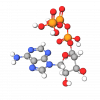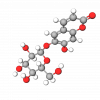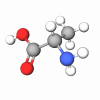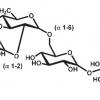Blue Tansy (Tanacetum Annuum) is a member of the daisy family and was first prized by the Greeks for its variety of medicinal properties. It is also known as Moroccan Blue Chamomile or Blue Chamomile. The intense deep blue-indigo color is from its high content of "azulene." Azulene, named after the Spanish word for blue, "azul," is an organic compound derived during the steam distillation process of Blue Tansy, German Chamomile, Roman Chamomile, and Yarrow. These are known as the "Blue Oils".
Blue Tansy possesses an inviting, fruity, sweet, fresh apple-like aroma that helps induce relaxation, promoting harmony by easing nervous tension and stress. A recommended oil for skin, bath, and body care products is an excellent choice with your essential oils. It is a well-known natural anti-histamine with anti-allergic properties, which would help work with allergic reactions such as hay fever, asthma, hives, and various other allergies. It is a natural source of theophylline, a bronchodilator, which would explain its recommended use for asthma and emphysema issues. It is said to blend Blue Tansy with Ravensara or add a few drops on a tissue and inhale for respiratory support.
Steven Foster Group gave me the following description: Blue Tansy is a very different appearance from Tansy vulgare. It's a small gangly annual with finely divided leaves that are less than an inch long; also, the leaves are softly hairy. The flowers are disc flowers like Tansy vulgare and yellow like tansy, with no ray flowers. They are considered wildflowers and invasive weeds when not being cultivated for the essential oil for the cosmetics industry.
Tanacetum Annuum Flower Oil contains chamazulene, 1,8 cineole, camphor, sabinene, alpha-pinene, beta-pinene, beta-caryophyllene, and myrcene, among others. Blue Tansy is not to be confused with Tansy Oil (Tanacetum vulgare), which is high in thujone, a poison that can cause convulsions, vomiting, and uterine bleeding and has no use in aromatherapy. Blue Tansy is also often confused with Wild Chamomile, an entirely different species (Ormenis multicaulis) with totally different chemical properties and scents.Ingredients
Use in traditional medicine
As with the other “Blue Oils” such as German Chamomile, Blue Tansy is used for its powerful anti-inflammatory properties, making it very popular in massage blends for sore muscles, sprains and strains, arthritis, fibromyalgia, rheumatism, and nerve pain such as sciatica. Traditionally used for reducing skin inflammations such as burned, inflamed, and damaged skin, sunburns, and bruises, especially when blended with Helichrysum italicum. Just a few drops of Blue Tansy in carrier oil or distilled water would be extremely beneficial for use after radiation cancer treatments to help soothe tender, radiated skin.
Due to its limonene content, it is beneficial for easing stress and anxieties. Blends well with most oils and is useful when diffused in a diffuser either alone or in a blend. I personally like diffusing it for short periods of time when I need a pick-me-up.
Blue Tansy blends well with Lavender, Lime, Peppermint, Pine, Rose, Helichrysum, Ravensara, Rose, Clary Sage, Lemongrass, and Rosewood.
Blue Tansy is generally non-irritating and non-toxic, but as with all essential oils, a skin patch test should always be done first. The preferred mode of use is external. It seems to display its strongest effects if its maximum concentration in a blend does not exceed 4%. Avoid use during pregnancy.